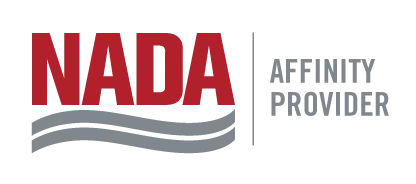Although some people might think that the fax machine is a relic of the past, much like flip phones or dial-up internet, the truth is that online faxing and fax machine usage is growing again. This comes as no surprise since the worldwide shift to digital solutions in the past two years has driven a huge increase in cyberattacks ranging from hacking, data breaches, fraud, and more. According to their research, McAfee found that “81% of global organizations experienced increased cyber threats and 79% experienced downtime in the wake of previous cyberattacks.” Meanwhile, some industries such as healthcare, financial services, and the automotive industry never stopped using faxing.
So why are so many businesses still using faxing, despite public misconceptions, and are there any worthy alternatives out there?
In this blog post, we’ll share why faxing is growing in popularity, as well as discuss our modern, secure alternative that is replacing the fax machine.
Why faxing is on the rise
One of the biggest reasons faxing remains a popular choice for transferring documents is that for a long time, competing technologies—such as email— have been weak. Faxing is more secure for a few reasons, with the main one being that most fax machines communicate through phone lines. Phone lines are much harder to access than wireless internet connections, which can be vulnerable due to all connected devices being able to read traffic flowing in and out of the network. Cybersecurity criminals can imitate a network’s wi-fi and then gain access to a company’s private networks.
Other file transfer systems typically fall short of faxing because they require complicated processes. This opens the system up to not only accidental human errors but also disregarding risk and compliance requirements. Users often get frustrated with tricky processes and go straight to email.
Fax machines, however, are more secure than email because they are less susceptible to attacks by social engineering, which is the psychological manipulation of people into performing actions or divulging confidential information. Phishing and spoofing attempts can easily get someone to click a malicious link into an email, but it’s much more challenging to trick someone into giving away the password to the fax machine.
Furthermore, once a transferred document gets taken off the fax machine, it disappears from the communication channel. This is quite different from most competing technologies, such as email, which fall under the category of “sharing” technologies. With a “sharing” technology, both parties simultaneously exchange data, documents, and more. However, this requires that the end-users use a variety of things—such as a pin, password, login, application, or software—in order to join that “sharing” environment.
Unlike a “sharing” technology, faxing is closer to using a “sending” technology, which only requires one party to be on the system and allows the user to chat, sign, pull or push information, and more. However, for many businesses who want to maintain a paperless office, or are looking to transition away from paper, may not know what secure alternatives exist beyond email.
Meet Botdoc
Put simply, Botdoc is the modern, secure alternative to faxing. With end-to-end encryption, Botdoc is the first ever easy, remote, and secure file transport service. Our solution is always simple to use because the consumer experience is everything to us. With Botdoc, you’ll close transactions at least 50% faster with no pins, no passwords, no logins, no accounts, no apps, and no software to download.
To get started today, simply schedule a demo and we’ll discuss how the secure “FedEx” of data can help you better manage your bottom line.
